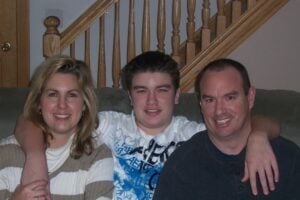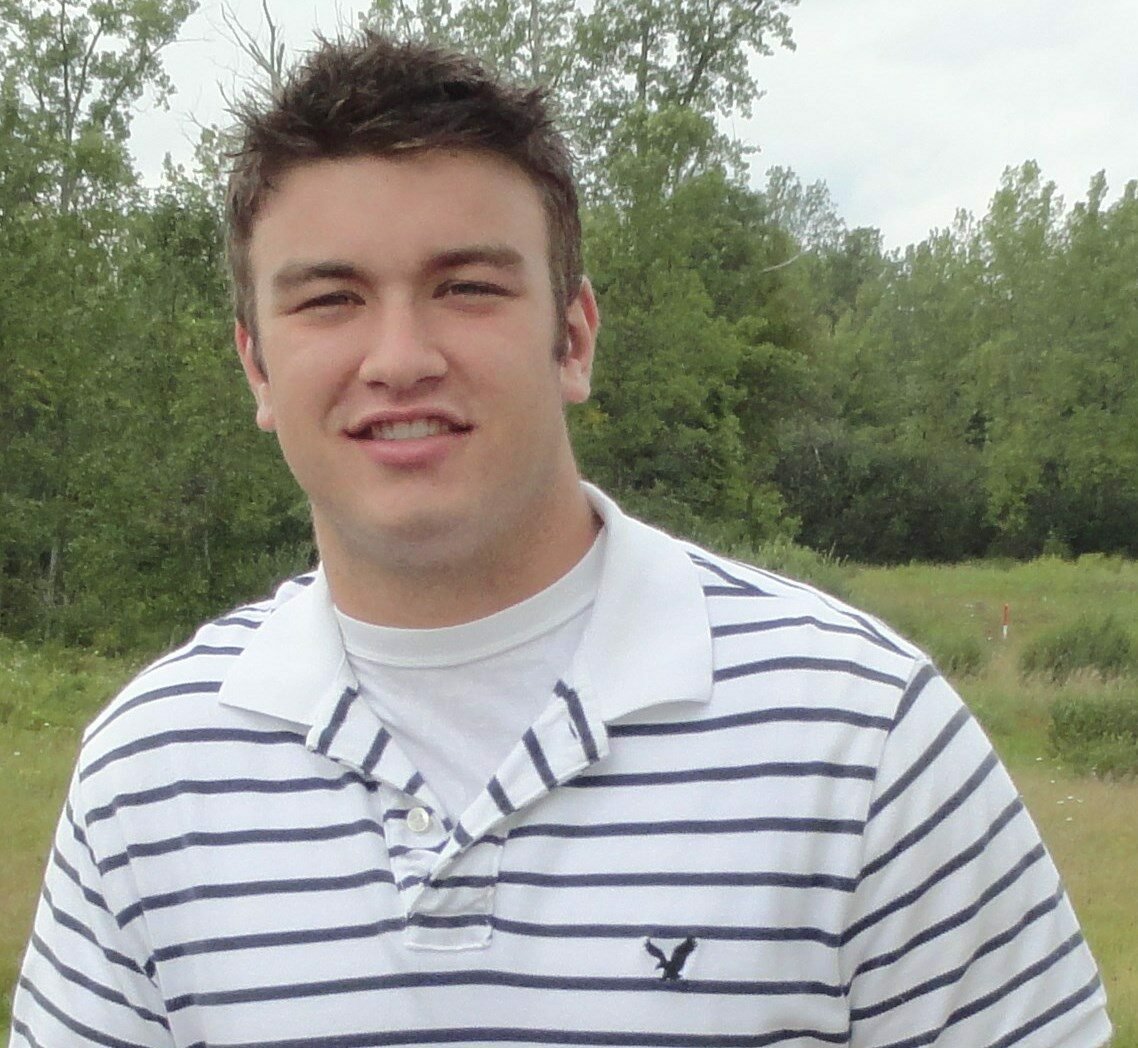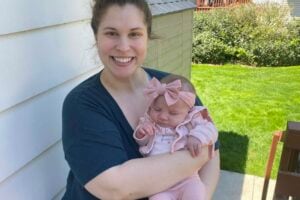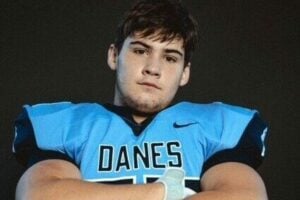As told by Paul’s mother, Denise.
We wish we had known the symptoms of blood clots, and we wish we had known they can affect anyone, at any age, at any time.
Sadly, Paul, Jr. was not one of the lucky ones. He did not survive his blood clot. He passed away on September 19, 2013, at the age of 19, from a pulmonary embolism (a blood clot in his lung). Unfortunately, Paul did not exhibit many symptoms. The only symptom Paul presented with was shortness of breath, and therefore, he was believed to have developed exercise-induced asthma.
He was the picture of health. Paul was a very active, healthy 19-year-old man who never had asthma. He played many sports throughout his life and worked out at the gym several times a week with his friends. It was September and allergy season was in full force so it made sense that Paul would have some trouble breathing when he exerted himself.
 It appeared suddenly, out of nowhere, at the end of August 2013. I remember the first time I noticed a difference in Paul. He had just walked down the stairs in our house and sat on the couch next to his grandmother, who was visiting from out of town. I heard him breathing heavily and asked him what he had just done. It sounded like he ran a marathon. He laughed and said, “I know, I just came down the stairs.”
It appeared suddenly, out of nowhere, at the end of August 2013. I remember the first time I noticed a difference in Paul. He had just walked down the stairs in our house and sat on the couch next to his grandmother, who was visiting from out of town. I heard him breathing heavily and asked him what he had just done. It sounded like he ran a marathon. He laughed and said, “I know, I just came down the stairs.”
Paul never, not once, complained about having trouble breathing. His father and I continued to notice the problem and sent him to see his doctor. He used an inhaler for a week, and we noticed no improvement, so he returned to the doctor for another appointment. Paul came home from this appointment with a different inhaler and a steroid.
However, the next day, Paul left for classes at the University of Buffalo and never came home. He collapsed while at school that day and died instantly. We never got to say goodbye.
We don’t know if Paul had a blood clotting disorder. Both my husband and I were tested to see if we carried any disorders and were not found to have any.
It has been 11 years since we have seen his contagious smile, heard his hearty laugh, and looked into his sparkling, hazel eyes. According to many of his friends, Paul was always laughing and smiling. He was such a happy, big-hearted, all-around good guy who was great at giving advice. He had your back, and he could cheer people up without even knowing they were having a bad day. He was described by one of his bosses as being an old soul.
Be aware of the symptoms and risk factors of blood clots and advocate for yourself if you think you need to be tested for them. We had never heard of a pulmonary embolism until we learned it was the cause of Paul’s death.




